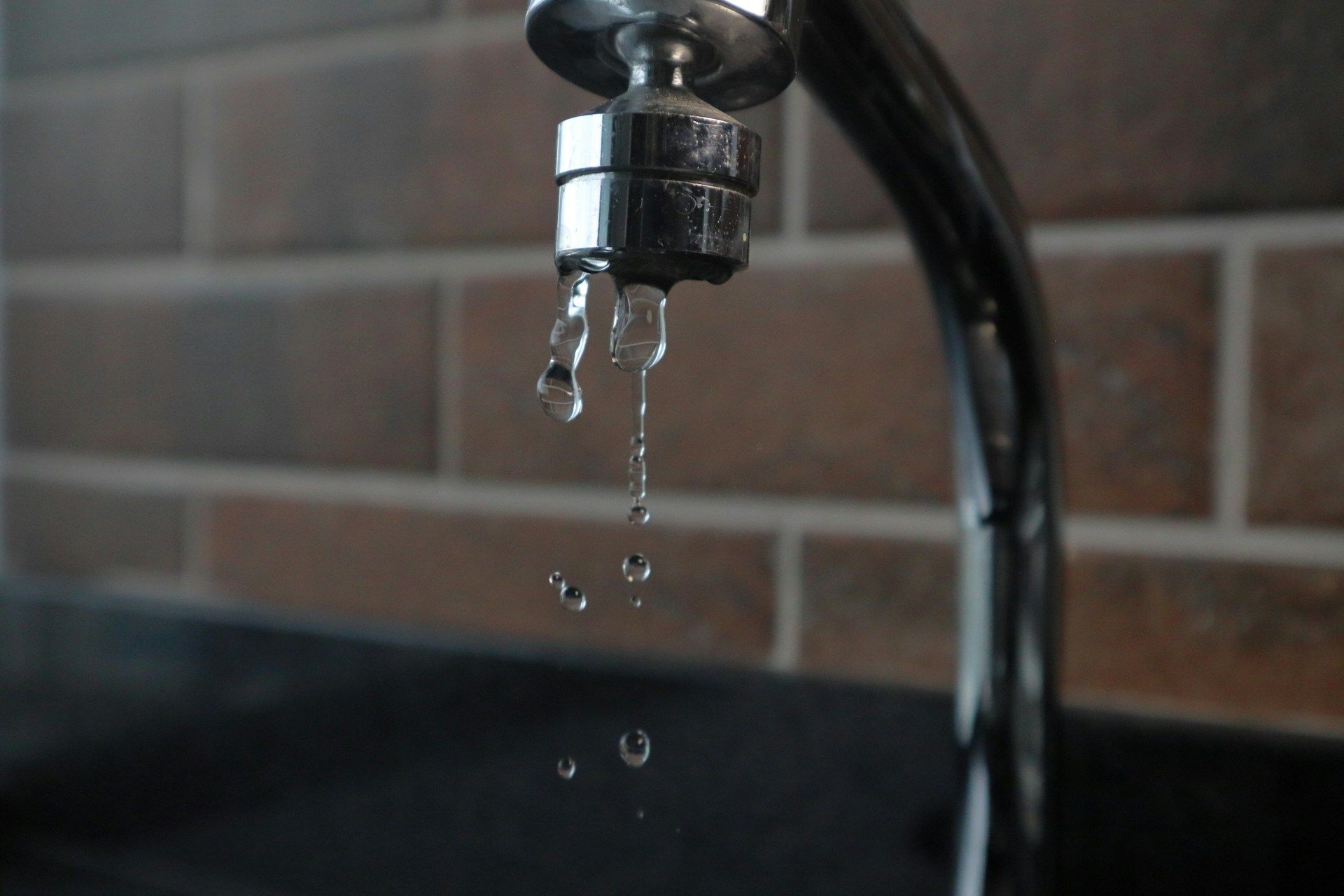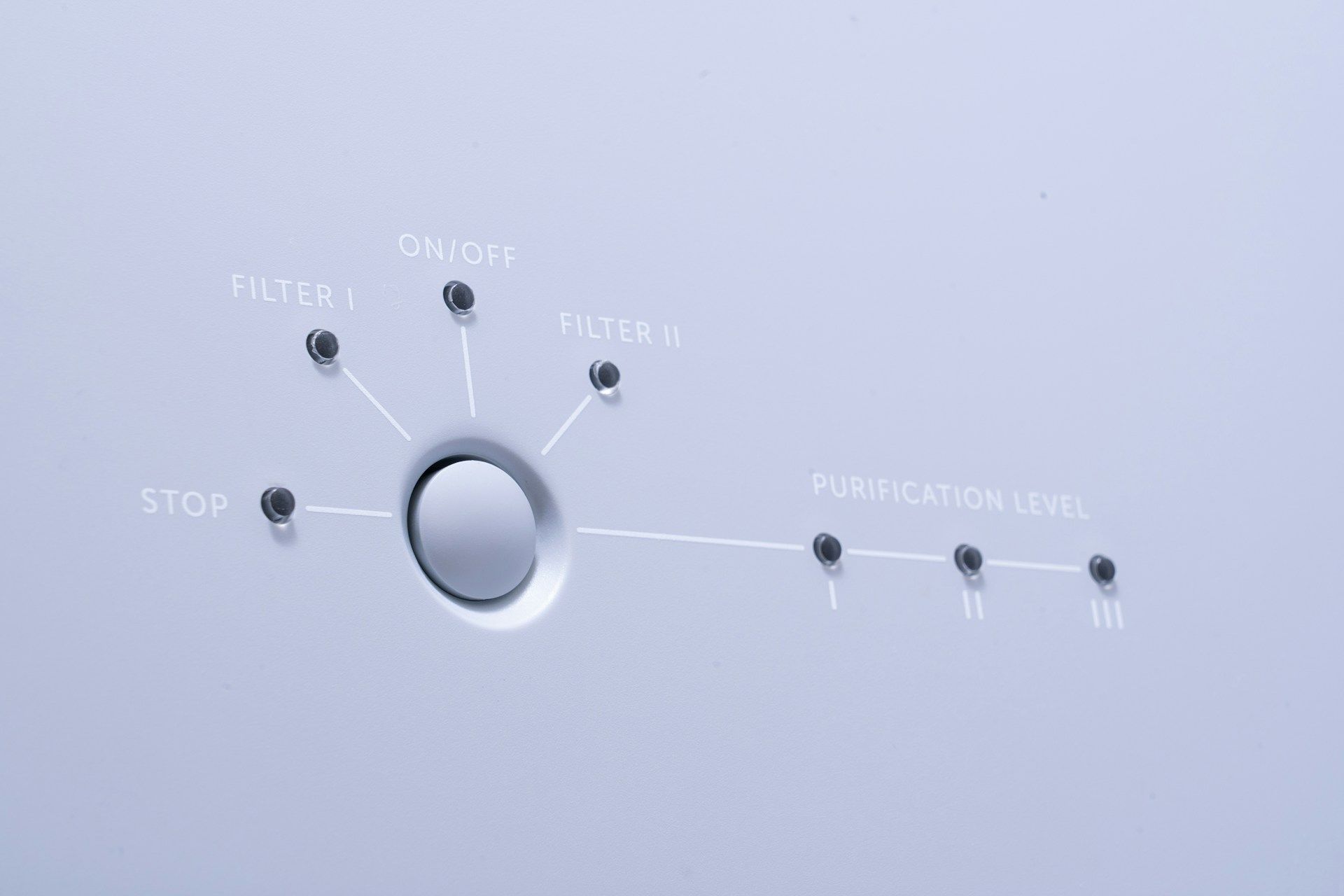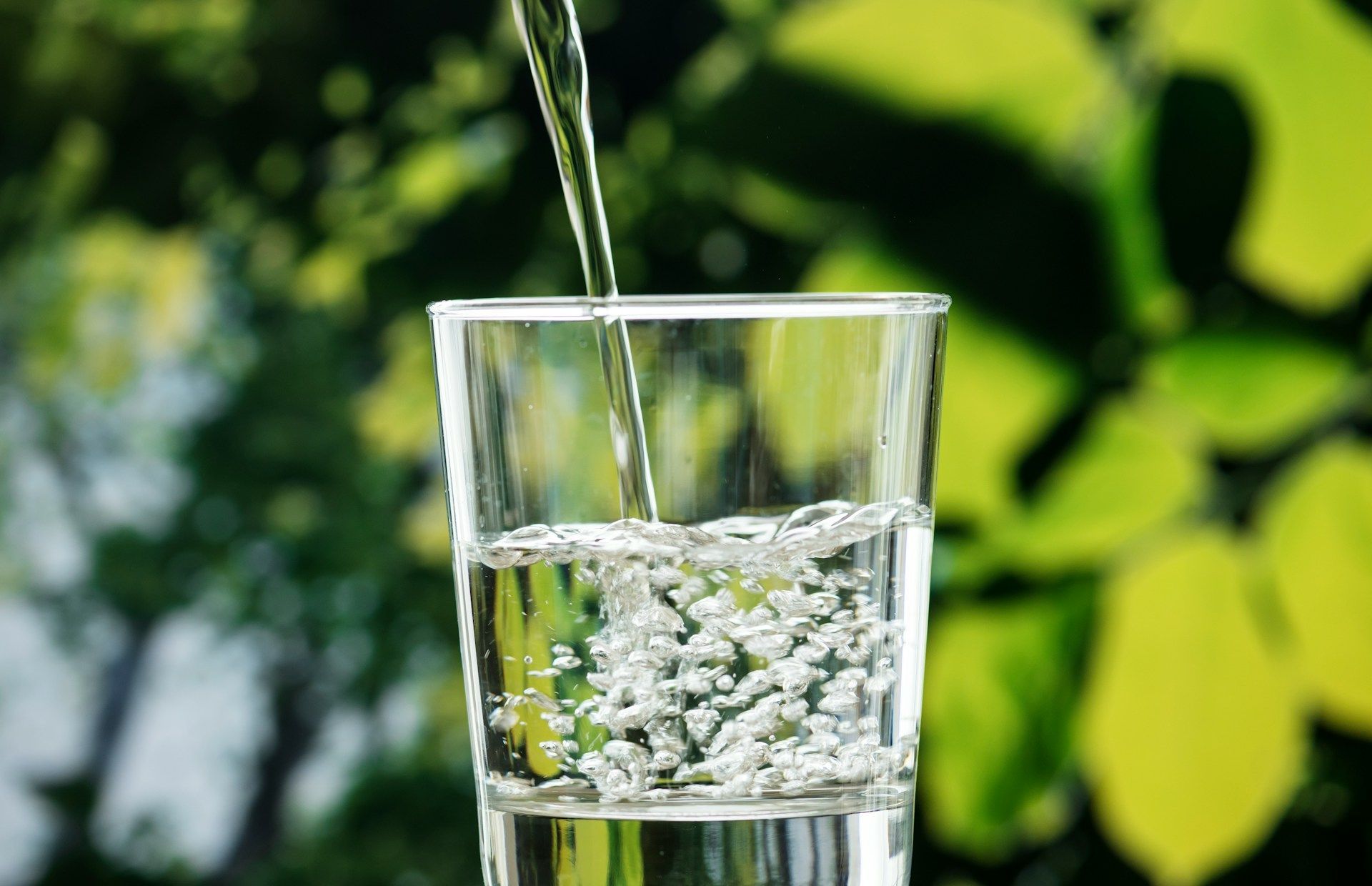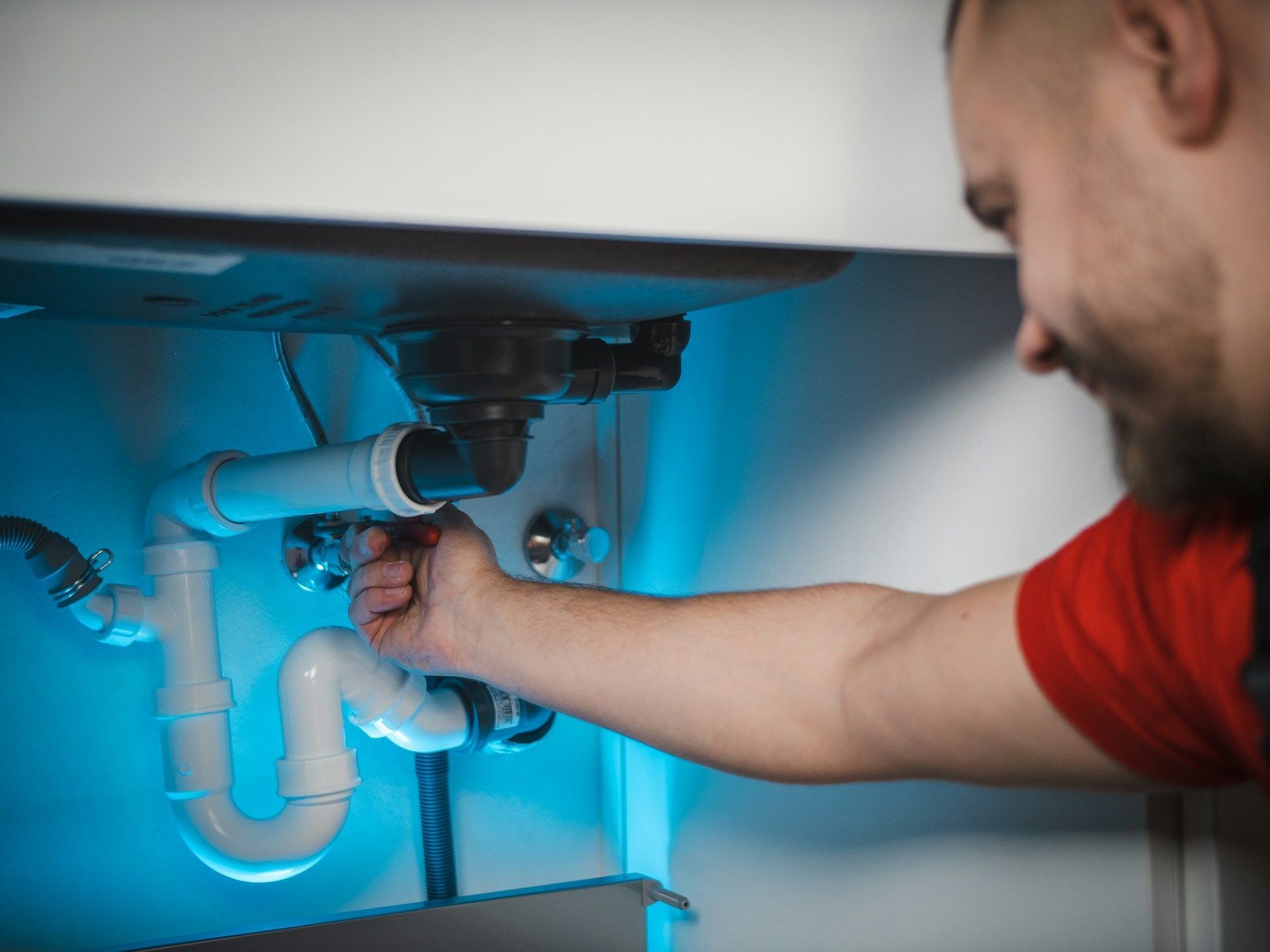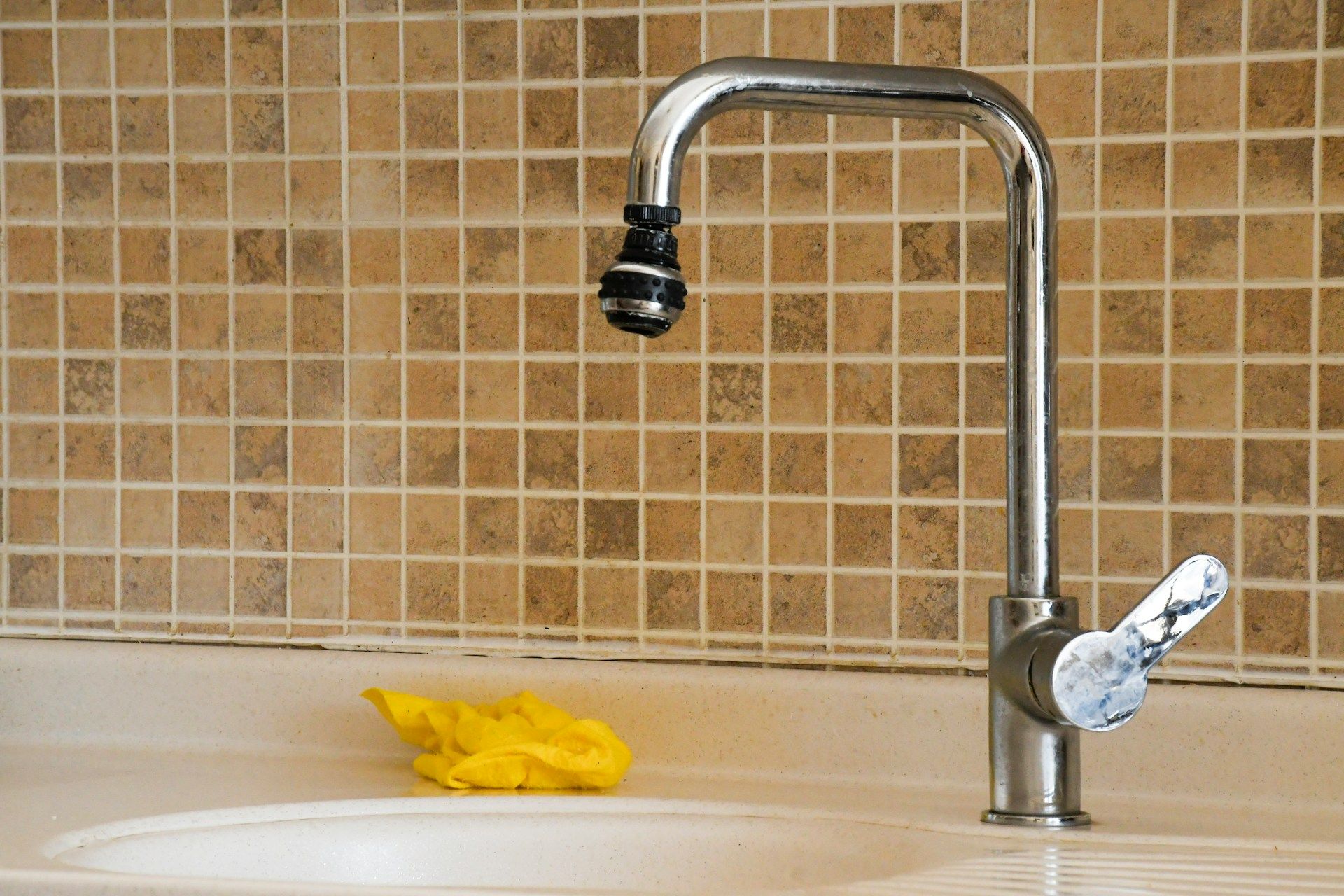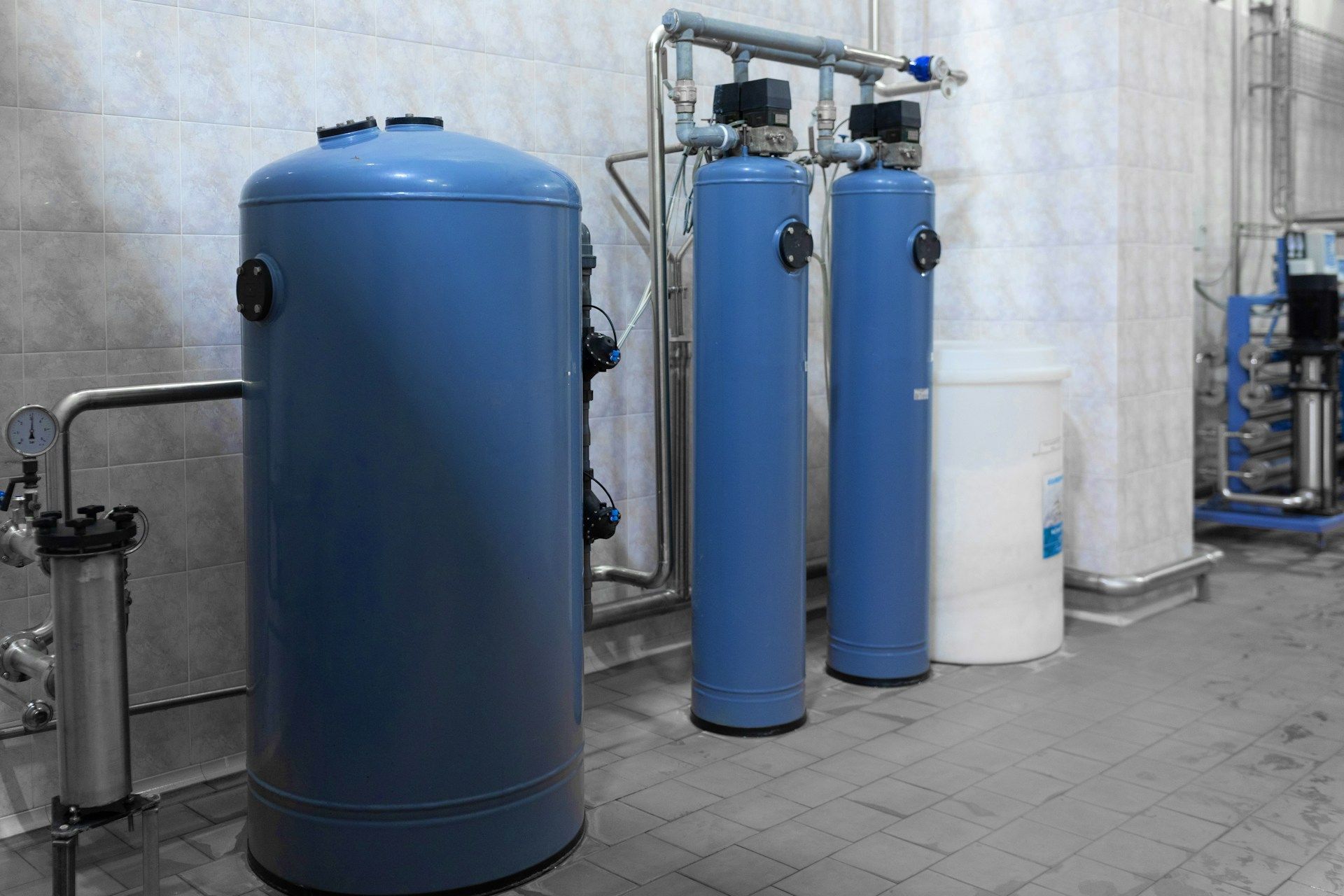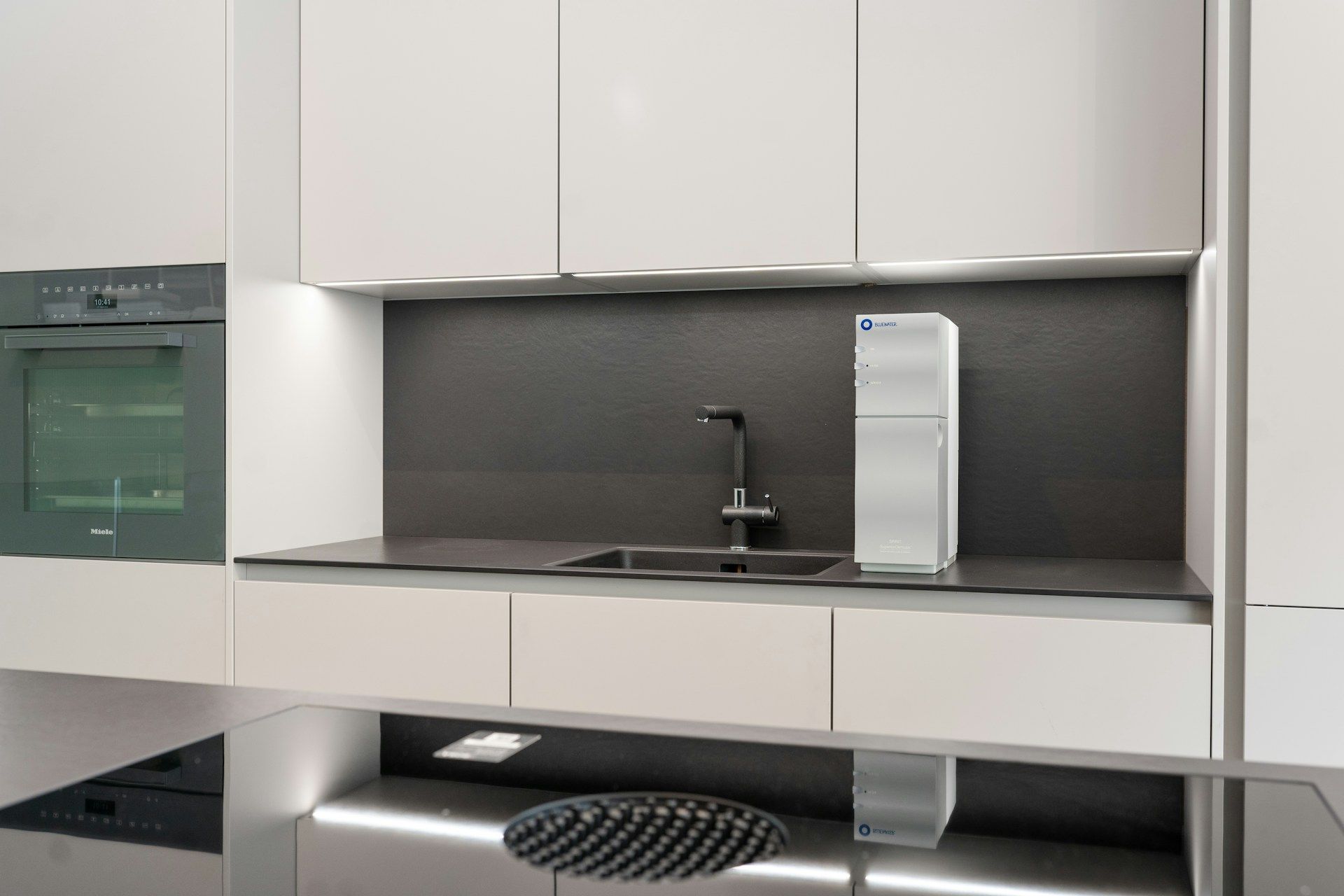Protect Yourself from Contaminants with Reverse Osmosis Water System Maintenance
Water Science specializes in treating water conditions to ensure that your water is safe and free from impurities. We offer a range of services such as fluoride and heavy metal removal for city water, as well as regular inspections and maintenance for well water. Water Science also offers customized water softeners and reverse osmosis systems that enhance taste and overall water experience. Our systems are efficient and cycle based on your usage, learning from your habits and adjusting accordingly. Water Science also addresses concerns about chemicals in water by providing comprehensive testing and treatment solutions. By investing in their water treatment solutions, individuals can have peace of mind knowing that their water is clean and safe for consumption.
Table of Contents
- Why Should You Be Concerned About Reverse Osmosis?
- Water System Maintenance
- We Test for 30 Chemicals and Heavy Metals
- People That Like the Taste of a High End Water and the More Luxurious Experience
- Solutions for Both City and Well Water
- Health Conscious and Aware of What is in the Water and Cognizant of What They and Their Children Are Ingesting
- The Amount of Chemicals Are Approved by the FDA but They Are Cumulative and Will Build Up in Your Body
- Make Sure People Are Getting Safe Water
Why Should You Be Concerned About Reverse Osmosis?
Reverse osmosis is a water treatment process that removes impurities from water by using a semipermeable membrane. It has become increasingly popular in recent years due to its ability to provide safer drinking water. When it comes to our health, it is crucial to make sure people are getting safe water, and reverse osmosis can help achieve this goal. The process filters out harmful contaminants such as lead, chlorine, and bacteria, ensuring that the water you consume is free from potential hazards. Water Science, your trusted water treatment experts in Park City Utah, offer reverse osmosis systems that are custom made for your home, guaranteeing that everything is tailored to meet your specific needs.
While it is essential to have safe drinking water, it is also essential to consider the long-term effects of the chemicals present in our water supply. Many cities add chemicals to the water to maintain its quality. Although the amount of these chemicals is approved by the FDA, they can still build up in our bodies over time. Reverse osmosis not only removes impurities but also reduces the amount of harmful chemicals that may be present. By investing in a reverse osmosis system, you can reduce the cumulative effect of these chemicals on your body, promoting better overall health.
In addition to filtering out impurities and chemicals, reverse osmosis can also enhance the taste of your drinking water. Many people find that water from reverse osmosis systems tastes better and cleaner compared to tap water. Reverse osmosis efficiently removes the contaminants that can affect the taste, odor, and appearance of your water, leaving yo מה תפקידו של צינור אוויר במערכת אינסטלציה
m41 walker bulldog equipment
piatti di plastica dorati
παπαγιαννοπουλοσ ταινία ο αχόρταγοσ
nine west bags sheer genius slgs
אקווריום 250 ליטר
amarillo pastel pantone
burberry quilted
מתי אפשר לעשות טיפולי לייזר
mini balon adidas
папки 10бр
3060 ti
רצועה suunto
hero 8 diving case
suport telefon auto allview
u with a refreshing and crisp beverage. With better tasting water, you may find yourself drinking more water throughout the day, which brings numerous health benefits. Whether you are concerned about the safety of your drinking water or simply looking for better tasting water, reverse osmosis offers a comprehensive solution.
Water System Maintenance
Water system maintenance is an essential part of ensuring the continued functionality and efficiency of your water treatment system. Regular maintenance includes testing for chemicals, heavy metals, and total dissolved solids (TDS) to determine the water quality and assess any potential issues. Based on the test results, water treatment experts like Water Science can then develop a custom solution tailored to your specific needs. This customized approach allows for targeted purification and treatment, ensuring that your water system continues to provide high-quality, pure water for you and your family.
For those using well water, proper well water treatment is crucial to eliminate any contaminants that may be present. This involves regular inspections and maintenance of various components, such as the well pump, pressure tank, and filtration system. Water Science specializes in providing comprehensive well water treatment solutions, addressing issues like bacterial contamination, iron and manganese buildup, and excessive hardness. By performing routine maintenance and implementing effective treatment measures, you can ensure that your well water is safe, clean, and free from any impurities.
We Test for 30 Chemicals and Heavy Metals
Water Science, your solution for high quality water treatment systems, offers comprehensive testing for 30 chemicals and heavy metals. As a full service water treatment company, we understand the importance of ensuring the safety and purity of your drinking water. Our experienced team conducts thorough testing to identify any harmful contaminants that may be present in your water supply. By testing for 30 chemicals and heavy metals, we can provide you with accurate results and recommend the appropriate treatment solutions for your specific needs. Whether you are using city or well water, our testing services are designed to give you peace of mind and the assurance that your water is free from potential hazards.
At Water Science, our commitment to water system maintenance extends beyond testing. We believe that regular maintenance is crucial for the continued functionality and efficiency of your water treatment system. Our experts perform comprehensive inspections to assess the overall condition of your system and identify any potential issues. By addressing these issues early on, we can prevent further damage and ensure that your water system continues to provide top-quality water. Additionally, our maintenance services include testing for chemicals, heavy metals, and total dissolved solids (TDS). These tests allow us to determine the water quality and tailor our solutions to effectively treat any contaminants that may be present.
One of the key components of our testing and maintenance services is fluoride removal. While fluoride is often added to the water supply to promote dental health, excessive levels can be harmful, especially for young children. Our team at Water Science can assess the fluoride levels in your water and provide fluoride removal solutions if necessary. By removing excessive fluoride, we help ensure that your water remains safe and free from any potential risks. With our comprehensive testing and maintenance services, you can trust Water Science to provide you with the highest quality water treatment solutions for your home or business.
People That Like the Taste of a High End Water and the More Luxurious Experience
Water Science is committed to improving water quality for their clients and establishing a reputable name in water treatment. For people that value the taste of high-end water and desire a more luxurious experience, Water Science offers various solutions that cater to their specific needs. By treating complex water conditions and utilizing UV treatment and iron heavy metal removal, Water Science ensures that their clients receive the purest and best-tasting water possible. With their expertise and dedication, Water Science guarantees a more luxurious and satisfying water treatment experience.
As a full-service water treatment company, Water Science recognizes the importance of maintaining the functionality and efficiency of water systems. We offer comprehensive testing for chemicals and heavy metals, ensuring that the drinking water is free from potential hazards. By conducting thorough inspections and addressing any underlying issues, Water Science ensures that the water system continues to provide high-quality, pure water. Additionally, their testing and maintenance services include fluoride removal, recognizing the potential risks associated wiפאולין שמלות כלה vasca idromassaggio cinese amazon שער חשמלי אלומיניום מחיר אח חשמלי פלזמה gfuel shirt converse per comunione webcam brooklyn bridge שער חשמלי אלומיניום מחיר costume carnevale 44 gatti imprimanta pret cizme lungi sclipici alex blandino jersey bauchtasche frauen can you connect usb microphone to soubd card lampe berger gebrauchsanweisung th excessive fluoride exposure. With Water Science’s comprehensive services, individuals can trust that their water remains safe and their luxurious water experience is preserved.
For those individuals who are passionate about the taste of high-end water, Water Science offers a range of water treatment solutions that enhance the flavor and overall experience. Their systems efficiently remove impurities and contaminants that can affect the taste, odor, and appearance of water, leaving behind refreshing and crisp drinking water. By investing in a reverse osmosis system tailored to their specific needs, individuals can enjoy better-tasting water throughout the day, leading to numerous health benefits. Water Science understands the importance of water quality and aims to provide their clients with the best-tasting water possible, ensuring a more luxurious and fulfilling experience.
Solutions for Both City and Well Water
Water system maintenance is essential to ensure the continued functionality and efficiency of your water treatment system.
Water Science, your trusted water treatment experts in Park City Utah, offer exceptional service in providing solutions for both city and well water.
Whether you are getting your water from a municipal supply or a private well, it is important to be concerned about the quality of your water.
Water Science specializes in treating complex water conditions, ensuring that your water is safe and free from impurities.
We also provide iron heavy metal removal to eliminate any harmful contaminants that may be present in the water.
With Water Science, you can trust that your water treatment needs will be taken care of with utmost professionalism and expertise.
Health Conscious and Aware of What is in the Water and Cognizant of What They and Their Children Are Ingesting
As society becomes more health-conscious, people are increasingly aware of the importance of clean and safe drinking water. They understand that the water they and their children ingest can have a significant impact on their overall health and wellbeing. This awareness has led to a growing demand for water treatment solutions that address the specific needs of individuals and their families. With Water Science, a trusted water treatment company in Park City Utah, people can find the necessary resources and expertise to ensure that their water is free from harmful contaminants. By investing in water softening systems and reverse osmosis systems, individuals can have peace of mind knowing that their drinking water is of the highest quality.
One of the concerns individuals have regarding their water is the presence of hard water. Hard water, with its high mineral content, can have various negative effects on the skin, such as drying it out. This can be particularly problematic for individuals with sensitive skin or those prone to dermatological conditions. To tackle this issue, Water Science offers water softeners that effectively remove the minerals responsible for hard water. By using these water softening systems, individuals can ensure that their water is gentle on their skin and does not cause any dryness or irritation. This is especially essential for individuals with young children, as their delicate skin requires extra care and protection. With water softening solutions from Water Science, individuals can enjoy softer, healthier skin while providing their children with water that is safe for their sensitive skin.
The Amount of Chemicals Are Approved by the FDA but They Are Cumulative and Will Build Up in Your Body
The amount of chemicals that are approved by the FDA for use in our environment and food may be concerning when we consider their cumulative effect on our bodies. While the FDA sets limits on the amount of these chemicals that are considered safe, the reality is that these substances can build up over time in our bodies. This is especially worrisome because water is something we don’t often think about, as we simply turn on the tap and use it everywhere and more frequently than we realize. This is why we should be concerned about the potential accumulation of these chemicals in our bodies and the long-term effects they may have on our health.
Fortunately, Water Science, a trusted water treatment company, offers solutions for both city and well water that can help address this concern. Their comprehensive testing services include checking for chemicals and heavy metals, allowing them to accurately assess the quality of your water and recommend appropriate treatment solutions. By removing these harmful contaminants, such as through the use of UV treatment, Water Science ensures that your water is clean and safe for consumption. Their expertise in water treatment allows them to provide customized solutions tailored to your specific needs, giving you peace of mind that you are taking steps to minimize the accumulation of chemicals in your body.
While the amount of chemicals approved by the FDA may be deemed safe, their cumulative effect on our bodies is a cause for concern. Water Science understands this concern and offers solutions that can help reduce the presence of these chemicals in our water. Through their comprehensive testing services and tailored treatment solutions, Water Science ensures that your water is free from potential hazards and safe for consumption. By taking proactive steps to address the accumulation of chemicals in our bodies, we can better protect our health and wellbeing.
Make Sure People Are Getting Safe Water
Water Science understands the importance of ensuring that people are getting safe water. Our commitment to improving water quality and providing reliable water treatment solutions is evident in their range of products and services. Whether you are getting your water from a municipal supply or a private well, Water Science specializes in treating complex water conditions to ensure that your water is safe and free from impurities. We offer comprehensive testing for chemicals and heavy metals, addressing potential hazards and providing peace of mind that your water is clean and safe for consumption. With our expertise in water treatment, you can trust Water Science to help make sure that people are getting the safe water they deserve.
Water Science offers a range of solutions to address specific water treatment needs. From whole house water softeners to reverse osmosis systems designed for local conditions, our products are tailored to meet individual requirements. We understand that the quality of water affects not only its taste, but also its impact on health and wellbeing. By investing in their customized water treatment solutions, individuals can enjoy better-tasting water and numerous health benefits. Water Science’s commitment to enhancing the water experience extends to their systems, which are designed to be more efficient and cost-effective. With our intelligent cycling method and learning capabilities, Water Science’s systems ensure that water remains consistently treated based on usage, saving money on salt and providing a luxurious and satisfying water treatment experience.
The post Protect Yourself from Contaminants with Reverse Osmosis Water System Maintenance appeared first on Water Science.

